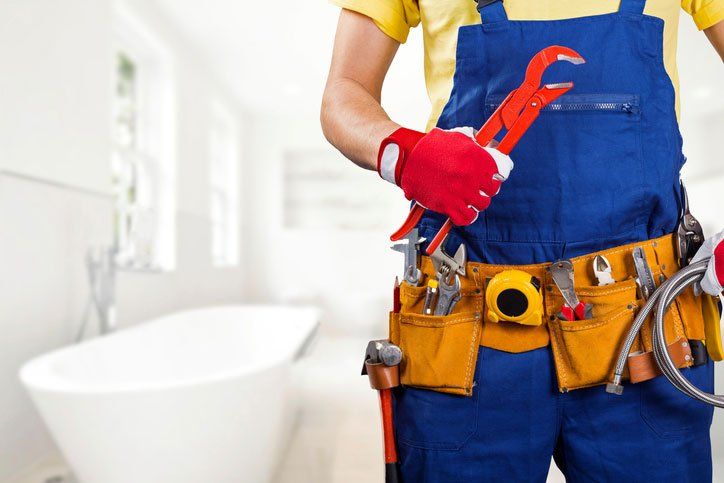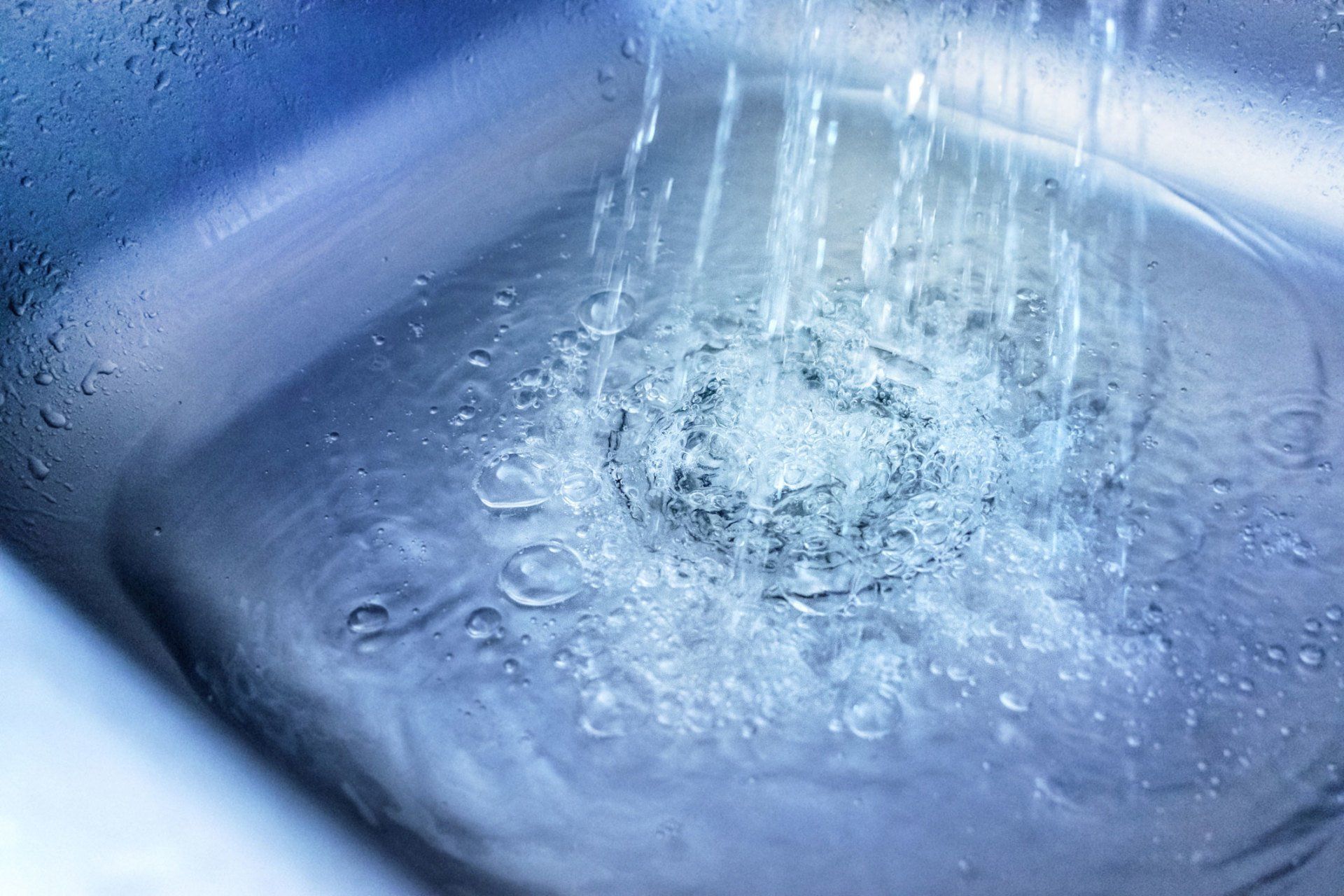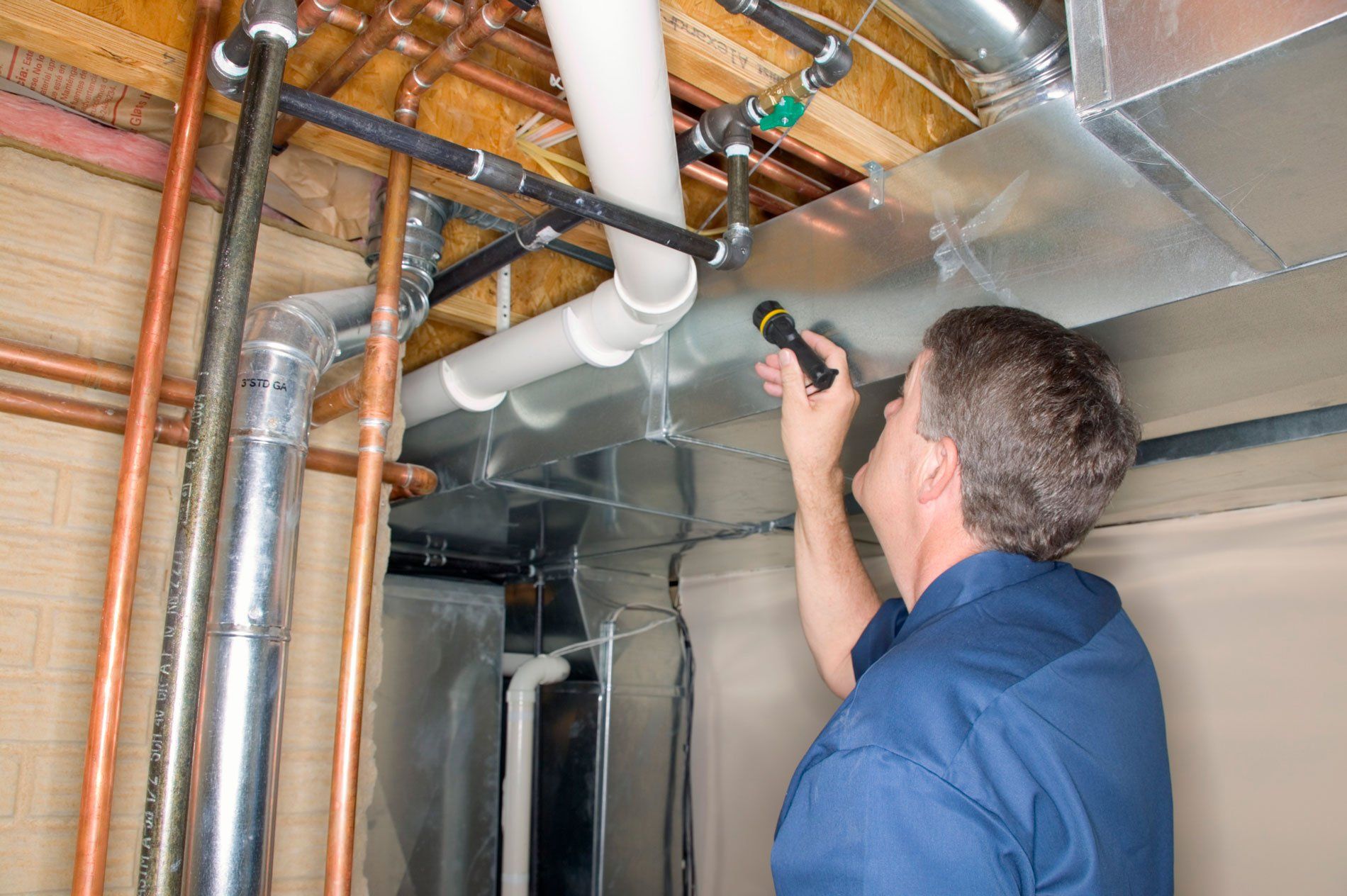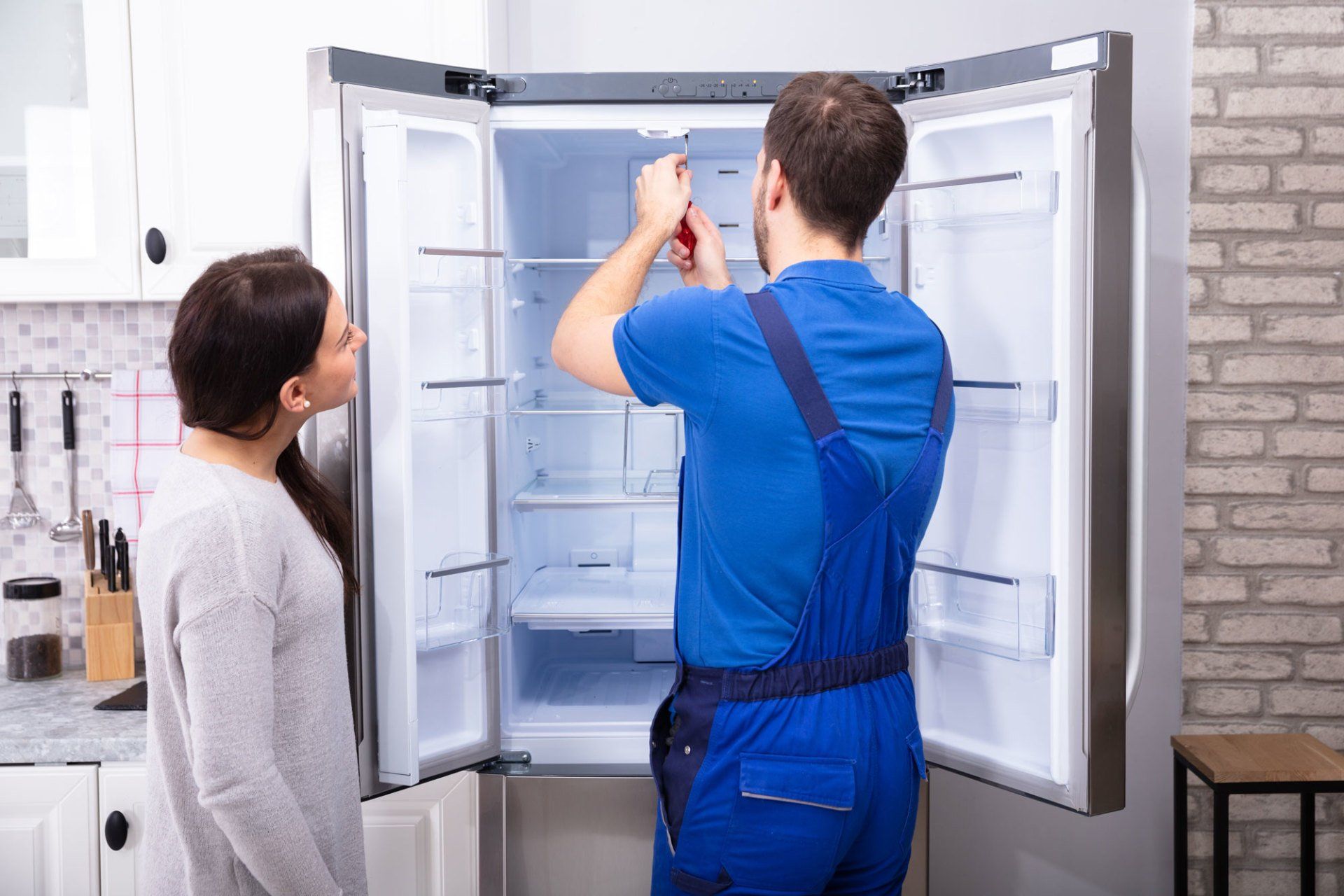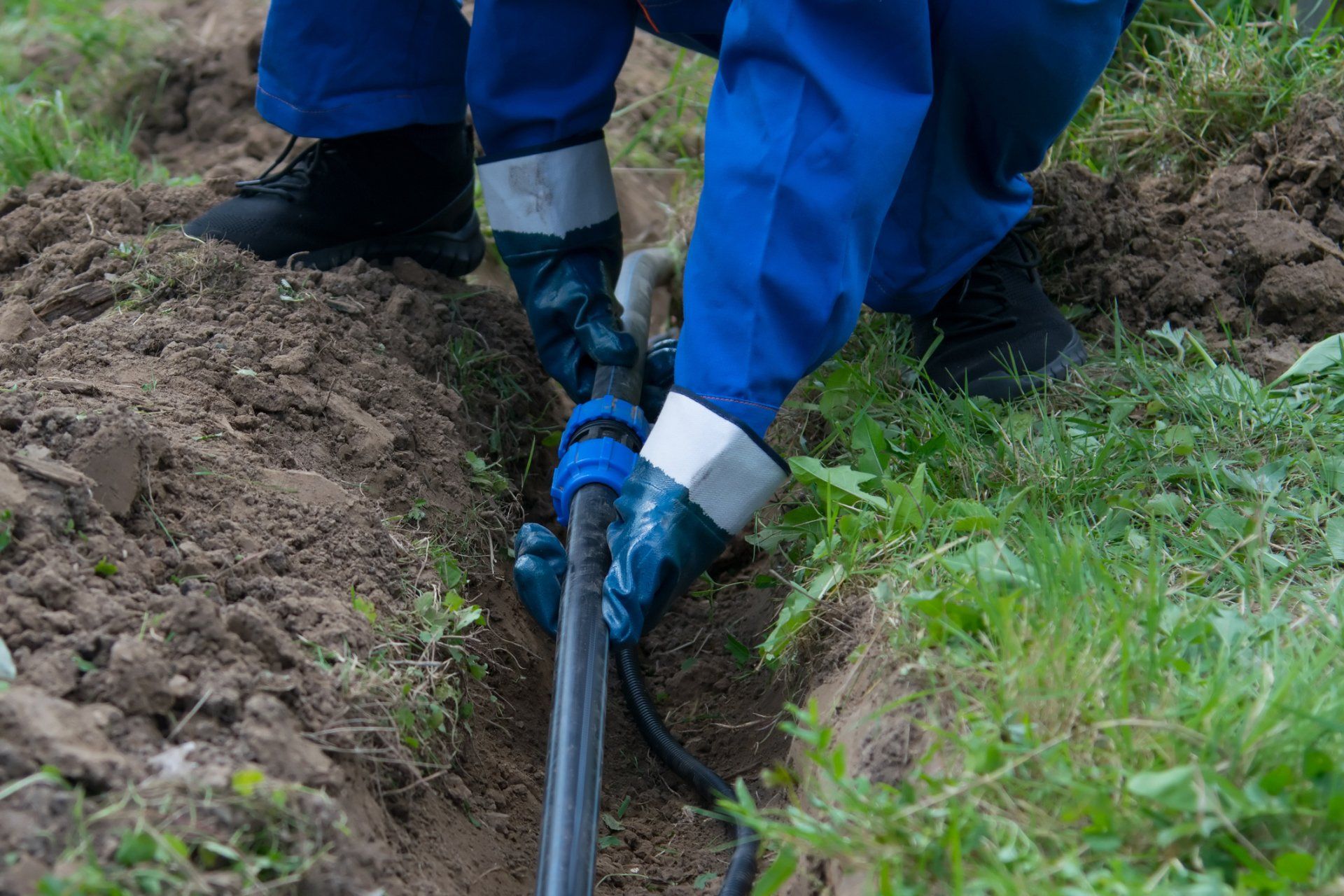What to Do While You Wait for the Plumber
A leaky pipe is more than just irritating. If left untreated it can cause serious damage. This makes a call to the plumber your first step after detection. But if the plumber can't come ASAP, take a look at what you should do as you wait.
Find the Leak
Are you absolutely sure you know where the leak is coming from? Water on the floor under a sink, toilet, or other fixture doesn't necessarily indicate a leak that comes from above. There's a chance the leak is somewhere else and the water has moved or run to another area.
Along with a drip or puddle, look for other signs of a leak. These may include:
- A damp patch on the wall or ceiling. A hidden leak that's covered by a wall or ceiling isn't always apparent. Look or feel for dampness on plaster or drywall to find the possible source.
- A musty smell. An untreated leak can lead to mildew and mold damage. This often gives off a musty smell in the area.
- Corroded pipes. Rust or corrosion on the exterior of pipes may indicate the presence of a long-term leak.
- Peeling paint or bubbling wallpaper. Peeling or bubbling paint/wallpaper are other signs of a hidden (behind the wall) leak.
If you can locate the leak, you're ready for the next step. Provided you've already called the plumber, read on for what to do as you wait for the professional to provide the proper fix.
Turn Off the Water
Find the fixture's water supply valve and turn it to the off position. If you can't find the valve or there isn't one, turn the main water supply off instead.
Without a steady flow of water, you won't have to worry about the leak negatively affecting your home. While this step won't solve the problem, it can minimize the risk of further damage. Whether you turn off the fixture's supply or your home's main valve, make sure there is no flow. Run the water to test your handwork. If the sink, shower, or other fixture has no flow, you can safely wait for the plumber.
Don't Use the Fixture
Leaks don't only happen in water supply lines. A leak in a drainpipe can cause water problems every time you use a sink, toilet, shower, washing machine, or other fixture or appliance.
If you have a leaky drain, turning off the water supply won't help to stop the damage. While this tactic will stop you, or your family, from using the fixture, it won't directly impact the drain. When a drainpipe is the problem, the easiest way to temporarily stop the leak is to not use the fixture or appliance.
Wipe the Pipe
Without water flowing through the pipe, you aren't likely to see added leaks. But this doesn't mean the pipe is dry. If the exterior of the pipe has visible drips on it, wipe it completely dry. Not only will this stop corrosion or mold growth before it has a chance to start, but it can also prep the area for the repair.
Cover the Damage
Whether the leak is due to wear and tear, damage, or a loose joint, you can cover the area as you wait. Again, this won't fully repair the leak. But it can prevent excessive damage in the immediate future. Don't worry about a permanent fix right now.
While plumbing putty, epoxy, plumber's tape, and other similar products will temporarily solve the problem, you don't need to spend extra money on these items. Instead, use duct tape or a towel to wrap the pipe.
Does your plumbing system have a leak? Contact 1A Florida Plumbing, Inc., for more information.

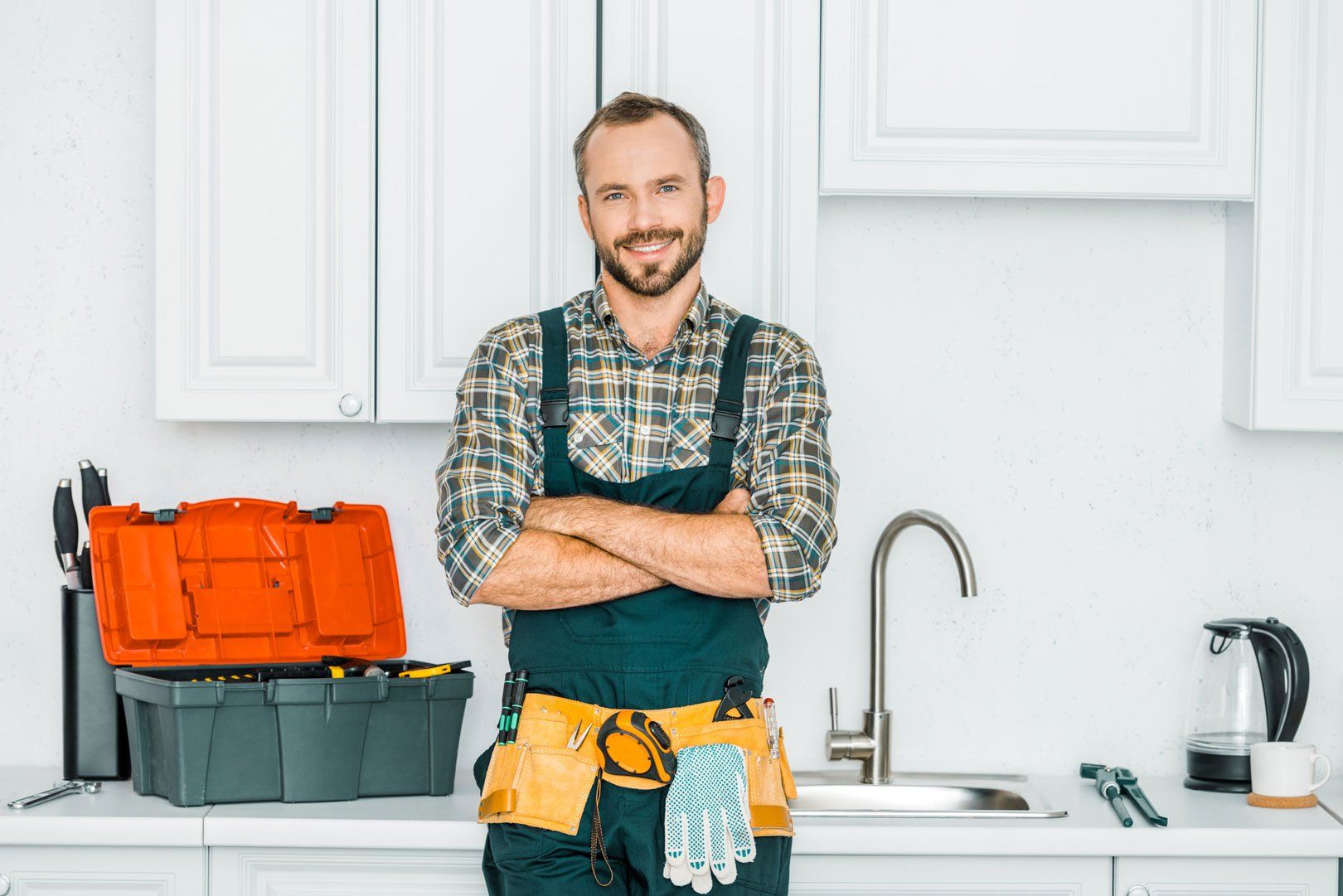
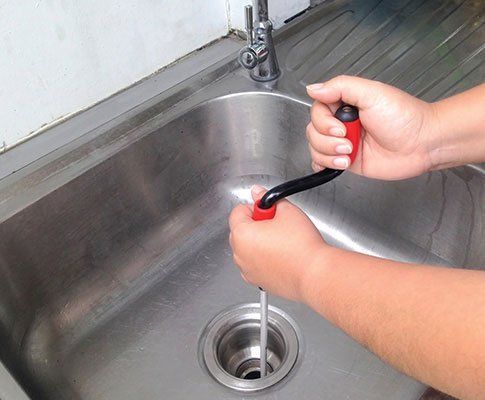
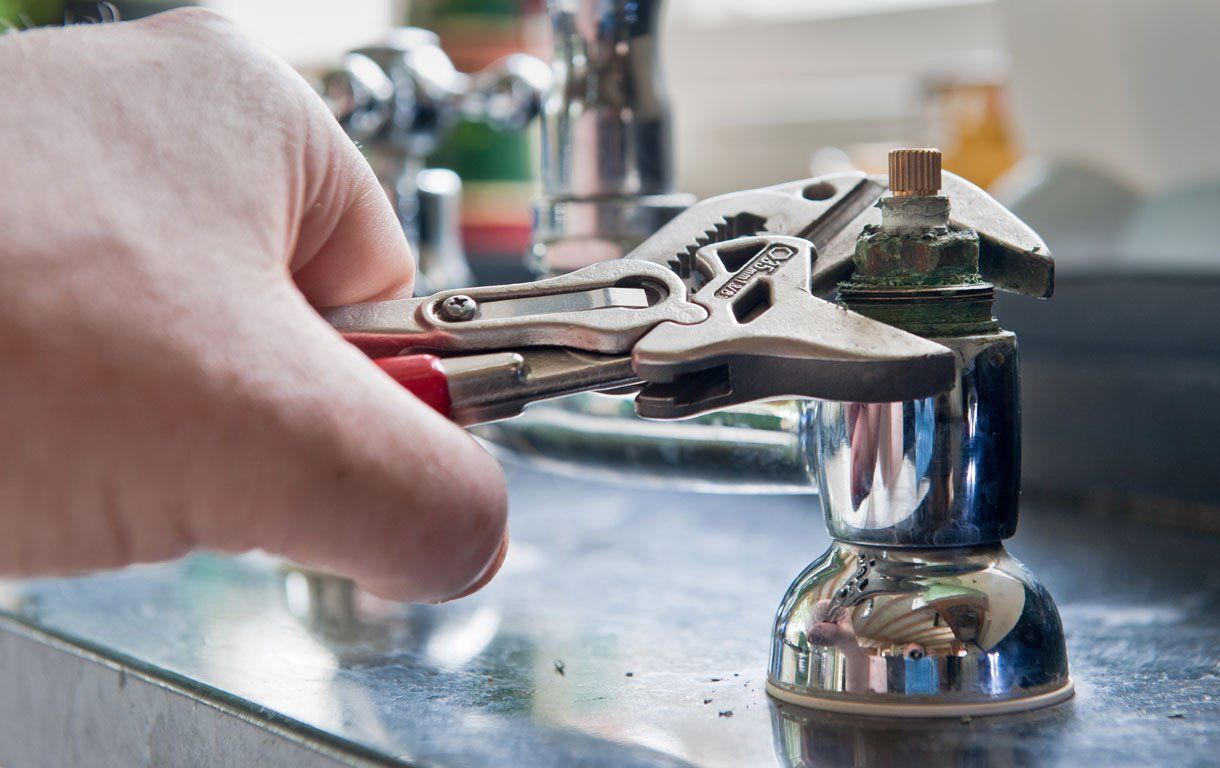
BROWSE OUR WEBSITE
CONTACT INFORMATION
Business Hours
- Mon - Sun
- -



















